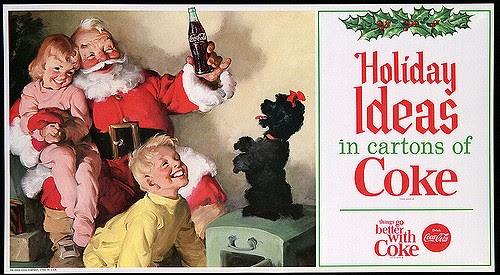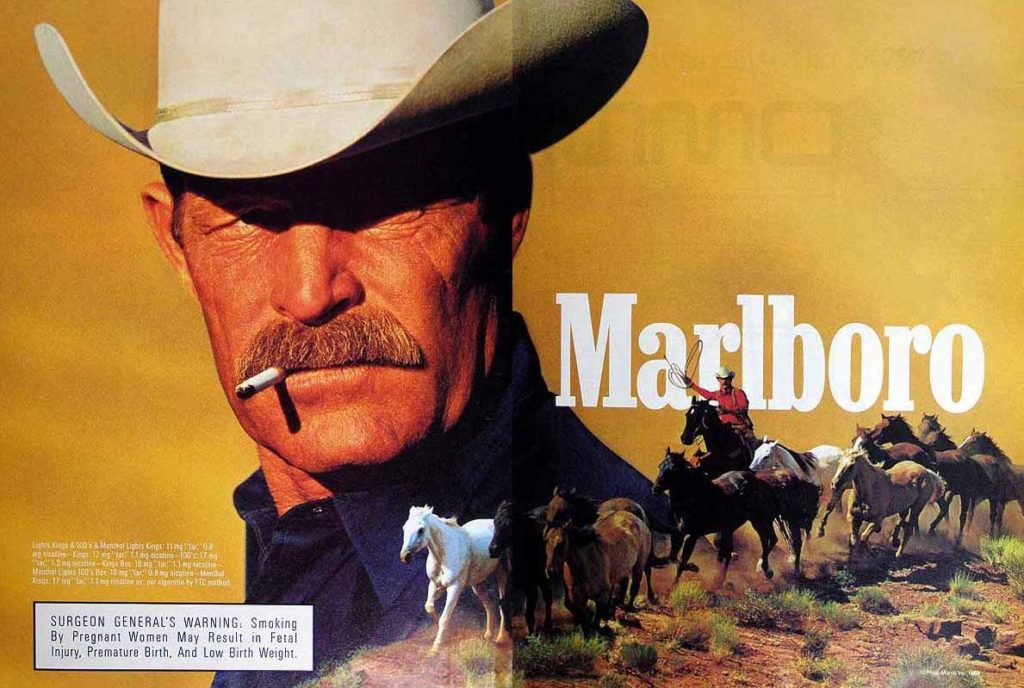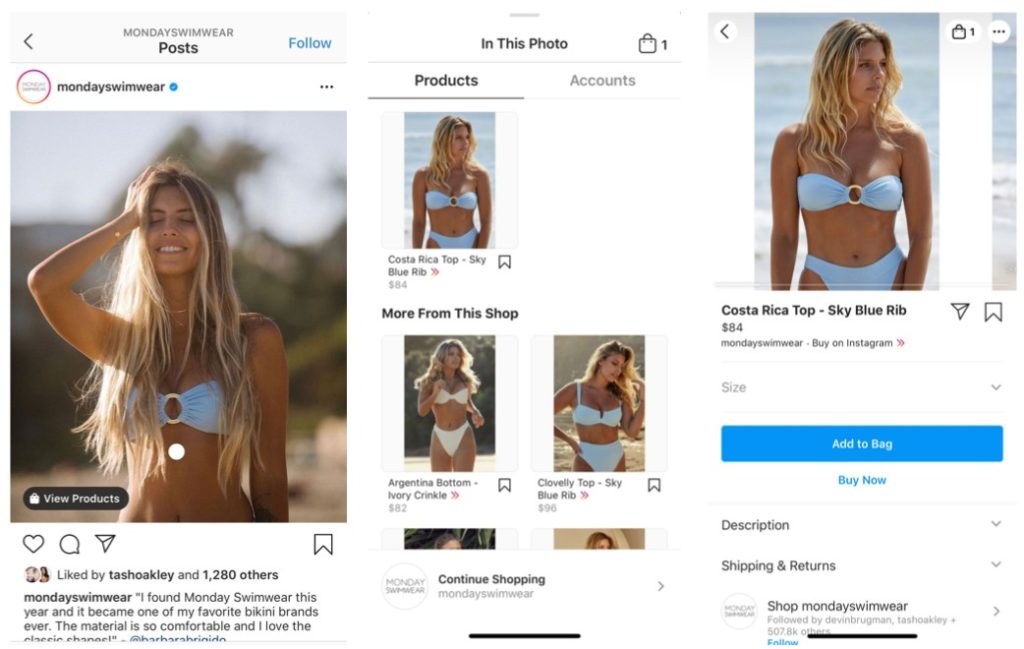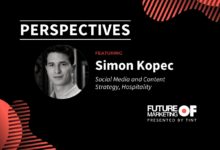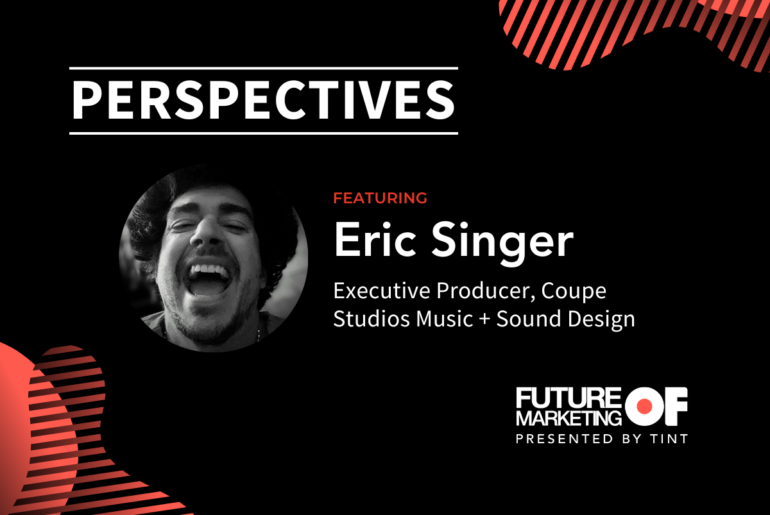The history of marketing is a ride—it’s filled with ups and downs and makes you realize that the world as we know it has been built off of viral marketing campaigns designed to influence the purchase decisions of buyers everywhere.
From Kellogg’s Tony the Tiger telling us that eating cereal was part of a balanced breakfast to Marlboro getting more men to smoke cigarettes with their 1960’s “Marlboro Man,” marketing efforts have catapulted every trend we’ve known in the later parts of societal history.
At first, the content strategy for advertisements focused on the experience of the product by telling a fictional story. Coca-Cola spent years doing this with its iconic Santa Claus and polar bear commercials.
Marlboro employed a similar strategy with their “Marlboro Man” campaigns, telling the fictional story of a rugged countryman who could always be seen with a Marlboro in his mouth.
As consumers gained more access to information—things changed. Fictional stories became oversaturated and unrealistic—consumers didn’t need to see actors faking an experience with a product, they wanted to see real customers talking about their experience with it. The advent and subsequent rise in adoption of the internet (thanks to easier access and the proliferation first of personal computers and now mobile devices) created a shift from fictional advertising to non-fictional advertising as customer reviews and social networks continued to make it easier for consumers to share their experiences. The use of user generated content (UGC) in advertising, (i.e., the images and videos created by happy customers about a product or service) is normal now.
We’re used to scrolling Instagram or Youtube and seeing customer reviews featured on brand accounts. Brands are using UGC in their ads and content campaigns because ads based on user-generated content get 4 times the click-through rate and a 50% drop in cost-per-click in comparison to non-UGC ads. And UGC campaigns create the trust, authenticity, and credibility that can’t be replicated through fictional stories.
How did advertising evolve to harness the power of the customer? And, how will user generated content continue to change the future of advertising?
Let’s take a look at some of the first examples of UGC in ads.
The History of User-Generated Content in Advertising
User generated content has been around long before the term was actually coined. When UGC initially started to be used, it wasn’t for advertising—it was for aggregating information.
One of the first known cases of using UGC to aggregate information was in the making of the Oxford English Dictionary. Yup, the dictionary was created through public contributions (as highlighted in Simon Winchester’s The Meaning of Everything).
Long-after the creation of the Oxford Dictionary, online bulletin boards started to use user-generated content to aggregate information on specific topics. One of these bulletin boards collected information on films, actors, directors, editors, etc. and was eventually turned into IMDb—a website used by professionals in the film world to showcase their resume to this day. News channels like CNN started to create ways for people to send in images and videos from current events around the world. Shortly after, the term “citizen journalism” was coined.
In 2006, Time magazine announced that the Person of the Year was… you.
“And for seizing the reins of the global media, for founding and framing the new digital democracy, for working for nothing and beating the pros at their own game, TIME’s Person of the Year for 2006 is you.”

What Time didn’t predict is the average person’s ability to use their influence to sell products and create trends that could change societal history, just like Tony the Tiger was able to trick us into thinking cereal was a healthy breakfast and that we’d become manly men if we just lit a cigarette. Only this time, the power isn’t in the hands of a cartoon tiger or a made-up cowboy—it’s in the hands of you and me.
As fictional influencers like Tony and the Marlboro Man started to fizzle out, real influencers started to step in their place. Instead of having unknown models in clothes, companies figured out that they could team up with content creators and celebrities to use their fanbase to sell products.
Here’s a Gap ad from 1994 with celebrity socialite Zsa Zsa Gabor captioned, “Zsa Zsa wore khakis.”
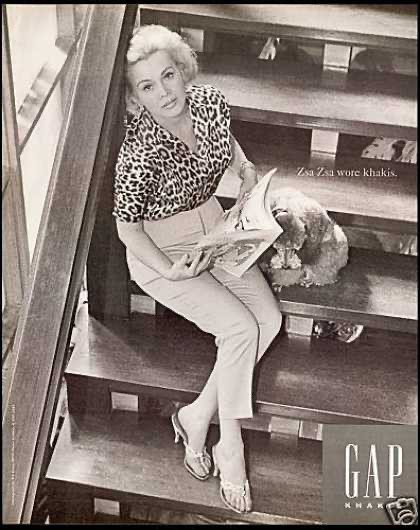
While khakis have long gone out of style (or are they back again?) —influencer marketing hasn’t. Influencer marketing took Time’s “you” campaign and ran with it, creating influencers out of more than just celebrities and famous socialites. It started to turn every day people into influencers who could impact their family, friends, and internet users on buying decisions with a simple photo, video, or hashtag.
For example, here’s a question being asked on Quora that showcases the power of user-generated content. Questions like these are being asked by people online curious enough for an answer to their buying decision that they’re going to take the advice of an absolute stranger who they will (very likely) never meet in person.

In this case, the user-generated content are the comments and answers that the question receives. Here’s an example of negative user-generated content from an unhappy customer of Perfume Booth.

The change in high-status influencer marketing to user-generated content is giving users a chance to tell the truth about products. We can say what we love about a new product and what we don’t like about it. We can have our opinion shared for millions of Instagram users to read and watch.
Better yet, user-generated content is proving to create more consumer trust and conversions.
Pair its conversion-friendly nature and social media shoppable technology and user-generated content is becoming one of the most powerful ways to market products. Social media posts and mentions on all of the largest platforms create a torrent of interest.
An Instagram user can find out about a brand through user-generated content on social media, check out the brand’s products, and shop the look to purchase the products that they like.
Businesses are even using employee-generated content now, using their employees as the “influencers” that showcase how great it is to work at their company. For example, here’s Hayden Field promoting her new position as a Tech Writer at Morning Brew.
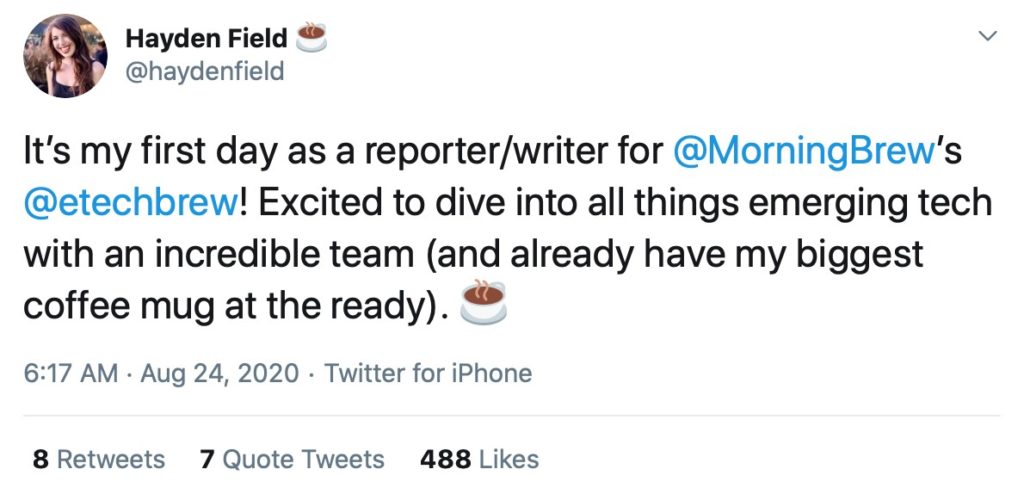
Here’s one of the founders of Morning Brew retweeting her tweet and showing his excitement for Hayden to be joining the team.
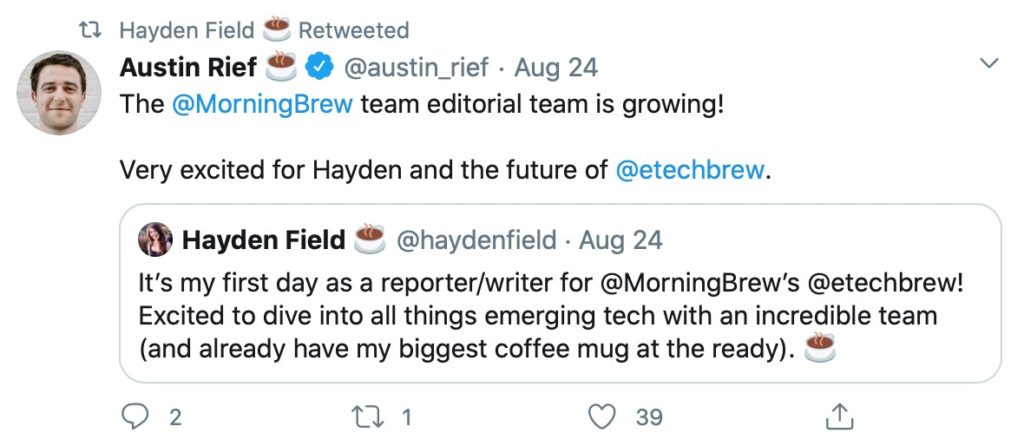
Brands like Monday Swimwear and Morning Brew are showing us where user-generated content is moving in the future and what brands can do to prepare for the changes.
The Future of User-Generated Content in Advertising
Long gone are the days of purely fictional advertising. The future of advertising is user generated content. With higher conversion rates, user-generated content (and employee-generated content) are the way to humanize a brand and entice consumers to connect.
While Coca Cola’s run showcasing playful animated polar bears is coming to a close, users are waiting to see Coca Cola’s CEO talk about what the company is doing to stop plastic waste in their next campaign. Consumers don’t want fictional content, they want real content that shows them the happy customers proving the product is worth it and the stories and values of the people behind the company.
Let’s breakdown the future of UGC in ads in 3 sections:
- Omnichannel Marketing
- Personalization
- Overall sustainability
Omnichannel Marketing
UGC comes in all shapes and sizes. Unlike production shoots that are designed to have the final image in a magazine or a video destined for TV’s, UGC comes to brands in the form of Instagram posts, tweets, TikToks, Snapchats, LinkedIn posts, and more.
This creates the ability to be omnichannel on a budget.
Brands don’t have to worry about creating different content for each of their social platforms, their customers can do it for them. When brands need to create campaigns across each platform, they can source and repurpose content to fit every platform they want to post it on – from web galleries to product pages and billboards to social media.
User-generated content has opened up omnichannel marketing to teams to create consistent content on every trending platform and marketing channel. Now they can easily repost UGC to the platform it’s native on.
Personalization
Marketers are predicting the rise of personalization in advertising. Customers don’t need to read an entire website page just to find the information specific to their needs. Using advancements in data and analytics, brands can start to create personalized experiences for their customers, like website copy that changes the second time a user comes to a page or even an entirely different landing page depending on the interests of the user.
The same personalization is also possible in email with technology that’s letting brands create newsletters exclusively around the past link a subscriber has clicked. As the subscriber clicks more links, the email software figures out what they want to see and can create personalized newsletters specific to their interests.
User-generated content that highlights the products a customer cares about can be used to move a customer avatar through the buying process faster. For example, a skincare company can learn that a potential customer is only interested in moisturizer, not in a cleanser, and can show them UGC around how well their moisturizer works, removing the content that talks about the product this customer isn’t interested in (in this case, the cleanser).
Overall Sustainability
Consistency is essential in the content space—brands who post sporadically don’t get the results they were hoping for. But, there’s a reason brands find themselves struggling to create enough content…they need a lot of it. (Eighty-three percent of marketing professionals are burnt out!).
Posting 1-3 times on their Instagram feed, 5-10 stories a day, 3-5 times on Twitter, and 1 TikTok per day is a huge amount of content (10-19 pieces of content per day). This usually requires an entire team of content aggregators, creators, and a manager to oversee the process and make sure their content wheel keeps churning out high-value content.
UGC provides a way to take the weight of creating that content off of the team. While brands will certainly be creating their own content in some regards, they can fill the rest of their content calendar in with user-generated content (that they didn’t have to pay to produce!) and does an incredible job at building a relationship with the end consumer. As machine learning and artificial intelligence continue to advance, content production becomes more agile so that teams can focus on bigger problems.
How To Prepare For UGC Changes in Advertising
To prepare your team for the changes in advertising the first step is to know what’s coming. At this point, you’re almost done reading this article and are pretty informed. While you can see omnichannel marketing, personalization, and sustainability as huge focuses for your marketing strategy—the question is, where do you start?
The first step is to take a look at your website and figure out how you can improve the experience. You want to minimize your touch points and maximize your impact. Your website needs to be showing social proof and repurposing user-generated content to support it.
Bring user-generated content to your homepage and product pages so it’s not your brand selling to customers, it’s happy customers selling to soon-to-be happy customers.
The second step is to start implementing the systems that will systemize your omnichannel marketing, personalization, and sustainability. TINT can collect, organize, and show you the best UGC available for your brand so you can automate the content collection process. Once you have a platform, you can figure out what parts of the job can’t be automated and need to be handled by an in-house or out-of-house Social Commerce Specialist.
The third step is to start to find creative ways to stand out. Use the digitalization of advertising to your advantage. Consider repurposing user-generated content on physical touchpoints (for example, magazines, physical mail, packaging) to bring the shopping experience full-circle.
Like we’ve seen, marketing trends have shifted a lot since user-generated content landed the average person Time’s Person of the Year. What we’re seeing consistently though, is that people always want to be assured of their buying decision. They want to know that they’re spending their money on the right things, and when happy customers can assure them they are—marketing gets a lot easier.
If you’re looking for more marketing insights like this, subscribe to the Future of Marketing to stay up-to-date on marketing trends – and stay ahead of the competition.

